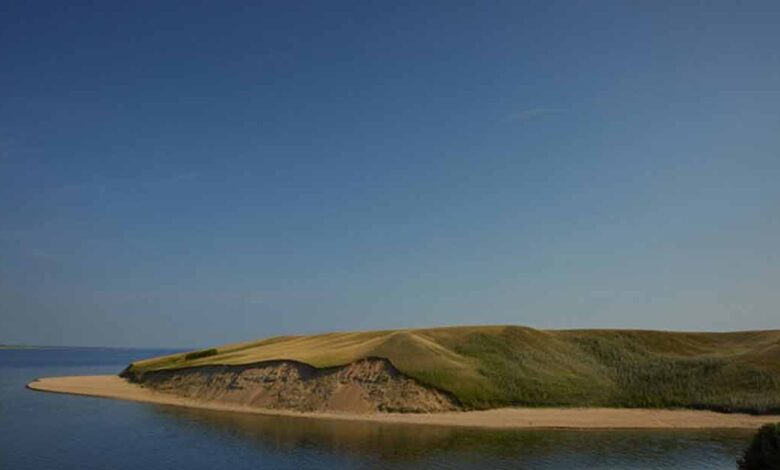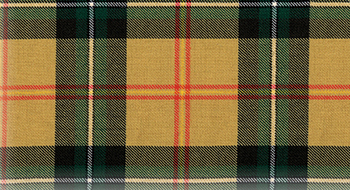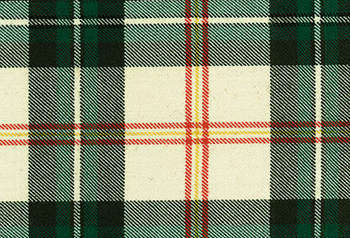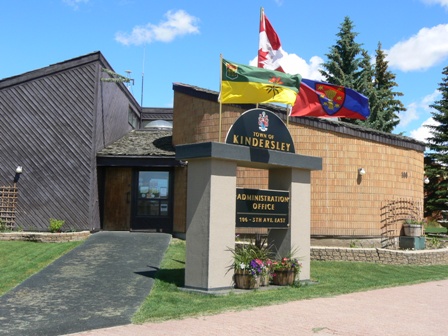
A bit of Provincial History!
Where did Saskatchewan get its name from? The Cree name for the Saskatchewan River was “Kisiskatchewanisipi,” meaning “swift-flowing river.” Through common use, this eight-syllable name was shortened to Saskatchewan.
Our province was originally inhabited by First Nations of the Athapaskan, Algonquian and Siouan linguistic groups. Three Athapaskan nations lived in the north: the Chipewyan, the Beaver and the Slavey. Two Algonquian nations — the Cree and the Blackfoot — occupied the central part of the province. The south was inhabited predominantly by the Siouan nations — the Assiniboine and the Gros Ventres.
The first explorer of the province—Henry Kelsey, was an employee of the Hudson’s Bay Company who followed the Saskatchewan River into the plains of Saskatchewan around 1690 spending a great deal of time in the northern wooded regions, which were dotted with fur trading posts. Southern Saskatchewan was relatively untouched by Europeans for many years because the prairie—which makes up much of the province—was of little monetary interest to the early fur traders.
However, over time, both Britain and the Province of Canada sent expeditions in the mid-1800s to explore the area and assess its agricultural potential. The Dominion Lands Act of 1872, combined with legislation to stimulate immigration, strongly encouraged homesteaders in Saskatchewan. In the 1880s, the newly constructed Canadian Pacific Railway brought settlers to farm the rich land. A great wave of immigration from Eastern Europe swept across the area in the late 19th and early 20th centuries.
In 1905, the province of Saskatchewan was formed by joining parts of the districts of Saskatchewan, Athabaska, and Assiniboia. It became the only province with boundaries not based on any particular geographical features.
Did you know that Saskatchewan has two official tartans—the Saskatchewan District Tartan and the Saskatchewan Dress Tartan?
Registered in 1961 with the Court of the Lord Lyon, King of Arms of Scotland, the Saskatchewan District Tartan is a two-block tartan with seven different shades: gold to represent prairie wheat, brown for summer fallow, green for the forests, yellow for canola and sunflower, red for the western red lily, white for snow, and black for coal and oil.
The Saskatchewan Dress Tartan was introduced in 1997 for competitive highland dancers on the occasion of the Canadian Interprovincial Highland Dancing Championships held that year in Regina. It is a variant of the Saskatchewan District Tartan, with the off-white line of the original tartan becoming the background colour of the dress version.

Saskatchewan District Tartan

Saskatchewan Dress Tartan
Learn more about our province and others by visiting canada.ca








































